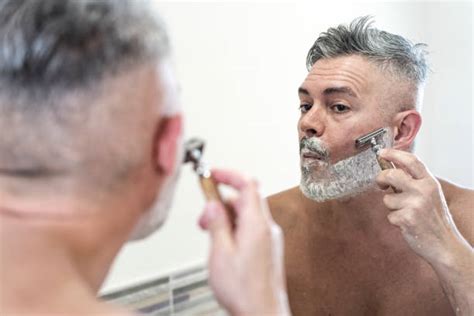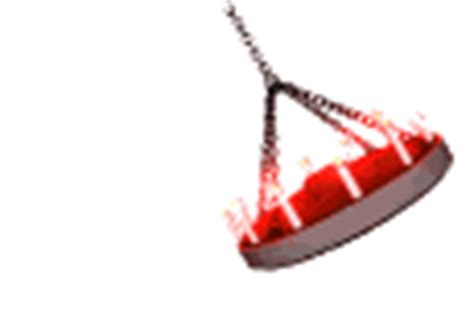Maximize shave performance: How to eliminate razor burn and ingrowns for daily confidence?
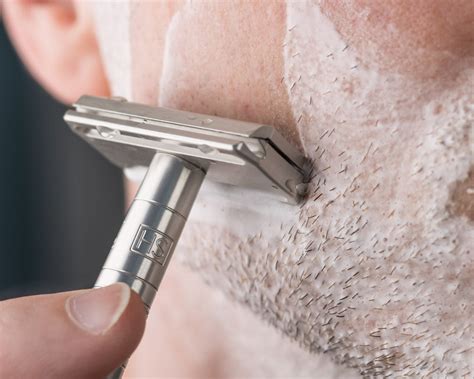
Many men face the daily struggle of razor burn and ingrown hairs, turning what should be a simple grooming ritual into a source of discomfort and irritation. But achieving a consistently smooth, irritation-free shave isn’t an elusive dream; it’s a direct result of understanding and implementing proper shaving techniques and product choices.
Understanding the Enemy: Razor Burn and Ingrown Hairs
Razor burn manifests as red, irritated skin, often accompanied by a stinging sensation. It’s typically caused by a dull blade, dry shaving, or shaving against the grain. Ingrown hairs, on the other hand, occur when a shaved hair curls back into the skin and grows inwards, leading to painful bumps and inflammation. Both issues undermine confidence and comfort, making a strategic approach to shaving essential.

Step 1: Meticulous Preparation is Non-Negotiable
Warm Water and Exfoliation
The foundation of a great shave begins before the blade even touches your skin. Always start with a warm shower or by applying a hot towel to your face for a few minutes. This softens the hair follicles and opens pores, making the hair easier to cut. Consider a gentle facial scrub 2-3 times a week to remove dead skin cells and lift hairs, preventing them from getting trapped under the skin.
Pre-Shave Oil Application
For an extra layer of protection, especially for those prone to irritation, apply a few drops of pre-shave oil. This creates a barrier between your skin and the razor, allowing for a smoother glide and reducing friction.
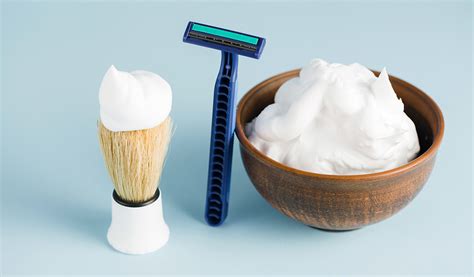
Step 2: The Right Tools for the Job
Sharp Blades are Paramount
A dull razor is your skin’s worst enemy. It drags and pulls at the hairs, causing irritation and increasing the likelihood of razor burn and ingrowns. Change your razor blade or cartridge every 5-7 shaves, or at the first sign of tugging. Whether you prefer a multi-blade cartridge, a safety razor, or a straight razor, ensure the blade is always sharp and clean.
Quality Shave Cream or Gel
Invest in a high-quality shave cream or gel that provides rich lather and excellent lubrication. Avoid aerosol foams that contain harsh chemicals, which can dry out and irritate the skin. Look for ingredients like glycerin, aloe vera, and natural oils that hydrate and protect.
Step 3: Master Your Shaving Technique
Shave with the Grain
This is perhaps the most crucial rule for preventing razor burn and ingrown hairs. Shaving against the grain might give a closer shave initially, but it significantly increases irritation. Pay attention to the direction your hair grows in different areas of your face and neck, and always shave in that direction first. If a closer shave is desired, a second pass across the grain (perpendicular to hair growth) can be done very gently, but avoid going against the grain entirely.
Light Pressure and Short Strokes
Let the razor do the work. Applying too much pressure not only dulls the blade faster but also irritates the skin. Use short, controlled strokes, rinsing the blade frequently to prevent clogging and maintain optimal performance.

Step 4: Post-Shave Care for Soothed Skin
Rinse with Cold Water
After shaving, rinse your face thoroughly with cool water. This helps to close pores and soothe the skin, reducing redness and inflammation.
Apply a Soothing Aftershave Balm
Skip alcohol-based aftershaves, which can dry out and sting your freshly shaved skin. Instead, opt for a hydrating and soothing aftershave balm or lotion containing ingredients like aloe vera, witch hazel, chamomile, or shea butter. These help to moisturize, calm irritation, and replenish the skin’s natural barrier.
Moisturize Daily
Even on non-shaving days, keeping your skin hydrated is vital. A good moisturizer maintains skin elasticity and health, making it more resilient to the stresses of shaving.

Conquering Ingrown Hairs: Targeted Strategies
If ingrown hairs are a persistent problem, beyond the preventative measures above, consider these steps: use a warm compress on affected areas to help release trapped hairs. Gently exfoliate the area with a chemical exfoliant (like salicylic acid) designed for ingrown hairs, but avoid harsh scrubbing. Never pick or dig at ingrown hairs with tweezers, as this can lead to infection and scarring. If ingrowns are severe, consult a dermatologist.
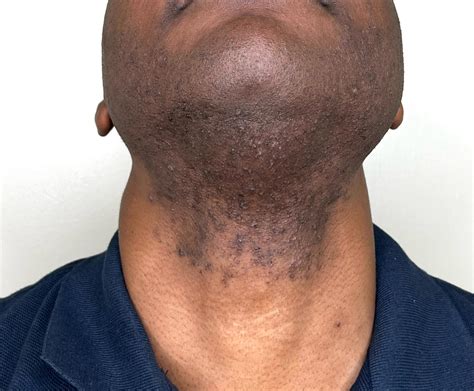
Consistency is Key to Lasting Confidence
Eliminating razor burn and ingrown hairs isn’t a one-time fix; it’s a commitment to a consistent, careful grooming routine. By adopting these practices, you’ll transform your daily shave from a chore into a confident ritual, leaving you with smooth, healthy skin day after day. Embrace the process, and enjoy the confidence that comes with a perfectly executed shave.






